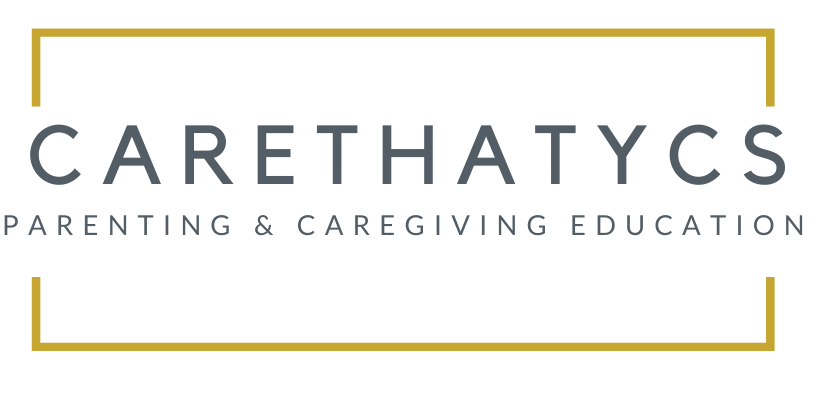Some newborns are born with birthmarks that look like bruises or spots on the face, scalp, trunk, or neck, due to uterine contractions that press on the pelvic structures when using forceps. There may also present bruises on the feet and legs with vaginal, such as birthmarks, which can be very common in newborns.
Infantile hemangioma tends to affect more girls, premature babies, and multiples; it is estimated that 5% of newborns present a case. Its characteristics are redness or purplish coloring, most of which don’t need treatment or, depending on the size and type, laser treatment would be sufficient.
Types of hemangiomas
The ones that usually appear after a few days of childbirth, grow quickly, and increase in size in the first year of life, are elevated hemangiomas. Most of them don’t pose any problems and many disappear by themselves over time, with their color fading after 12 months to 18 months and the hemangioma is no longer visible. It usually disappears without sequelae.
Flat hemangiomas occur due to a congenital vascular malformation caused in blood vessels that have undergone changes during the development of the fetus. These cases, are present since childbirth, they don’t regress and may even increase in size. Formerly, it was known as “salmon spot” or “port-wine spot”. Port-wine spots are harmless themselves, but some can be caused by a neurological disorder called Sturge Weber syndrome. They can be small or large and are permanent.
Some types of elevated hemangiomas
Pink spots: They may be due to dilated capillary vessels, they may appear on the forehead and above the nose, on the upper eyelids, and on the nape of the neck – these spots are commonly called stork bites. This type of congenital mark is one that disappears on its own as the baby grows, usually by two years of age. It becomes more evident only when the child is hot, agitated, or irritated.
Milia: These are very small white cysts, like cloves, which usually appear more on the nose and cheeks. They are caused by the clogging of sweat glands. Within a few weeks, the cysts tend to shrink and then disappear.
White and yellow cysts: They can appear on the gum or in the center of the roof of the mouth – they’re called Epstein’s pearls. They usually disappear in two weeks and don’t need any treatment.
Mongolian spots: They’re blue-greenish in color and flat, usually appear on the lower back down to the buttocks. It is frequent in black or Asian newborns and with time, it tends to become less visible and doesn’t need any treatment. These spots look like bruises so it is extremely important to have them recorded in your baby’s files.
Congenital nevus (hairy nevus): when the baby is born with this nevus, it is permanent. In cases of large congenital nevi you need to be more attentive, as it can develop into skin cancer (melanoma) in adulthood, although it is a low risk. Small congenital nevi may be at increased risk. The nevi can be brown, black, flat, or bumpy, and hair can grow out of them.
AAP recommendations for the treatment of hemangiomas
The American Academy of Pediatrics recommends that congenital marks are examined as soon as possible by a dermatologist specialist and in case they need treatment, start in the first month of life. The AAP recommends that medical follow-up is necessary when the baby has these cases:
- Generally, marks that appear on one side and are irregularly shaped, such as streaks or squares, or are large, are the ones that need treatment. These spots indicate changes when the embryo was forming; or some disease of the nervous system that forms from the embryonic tissue;
- When the hemangioma is very close to a sensitive area such as the eyes and ears, it can cause problems with vision and hearing;
- Hemangiomas that have a fissure, especially if there are bleeding, infection or scars;
- In cases where the hemangioma disrupts the child’s normal facial development or causes permanent skin changes.
These spots and birthmarks can’t be prevented or avoided nor have a specific cause or something that the mother may have done during pregnancy. In fact, the cause of most stains and marks is unknown; they may be a genetic inheritance or not, and most of them aren’t related to any trauma during childbirth.

